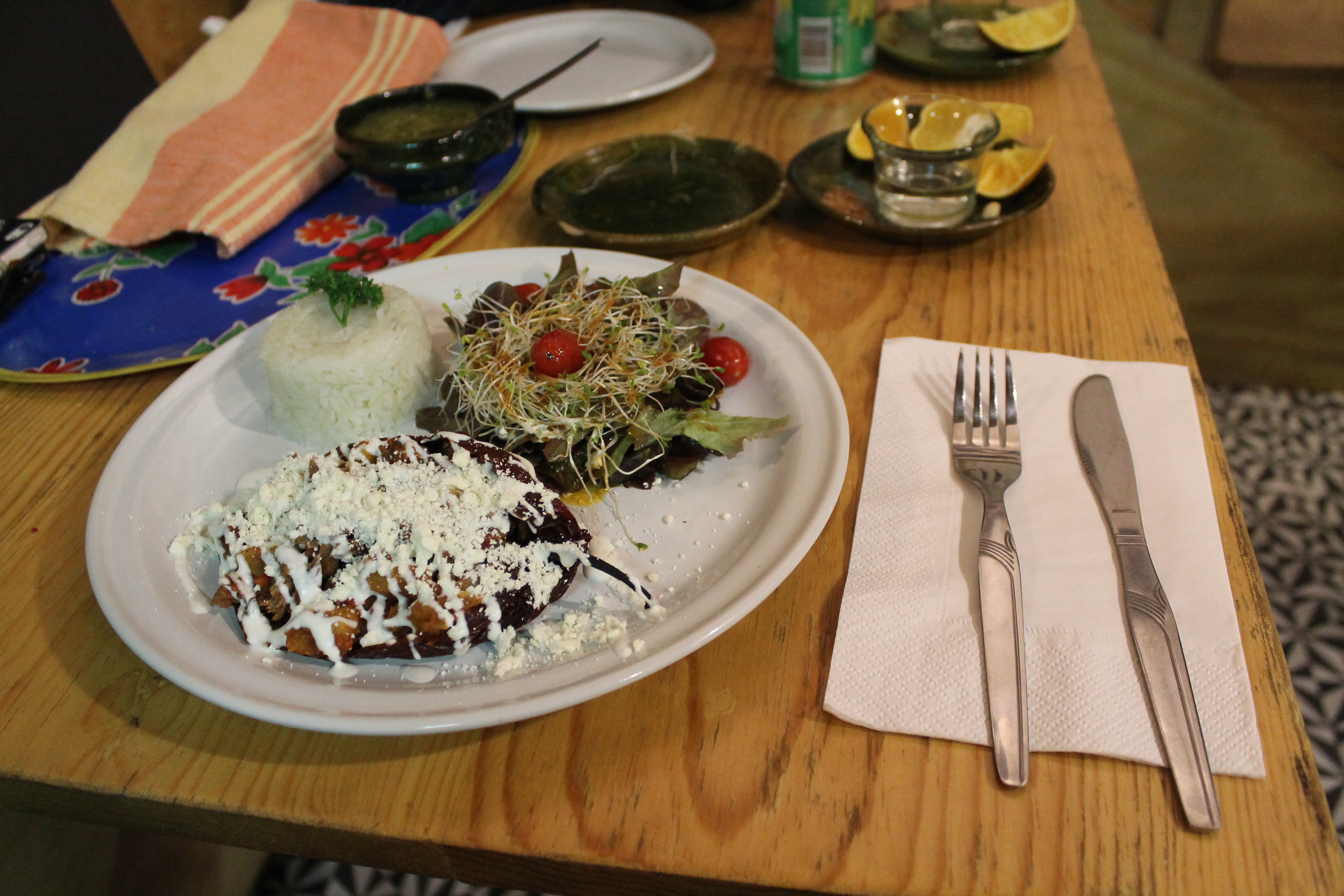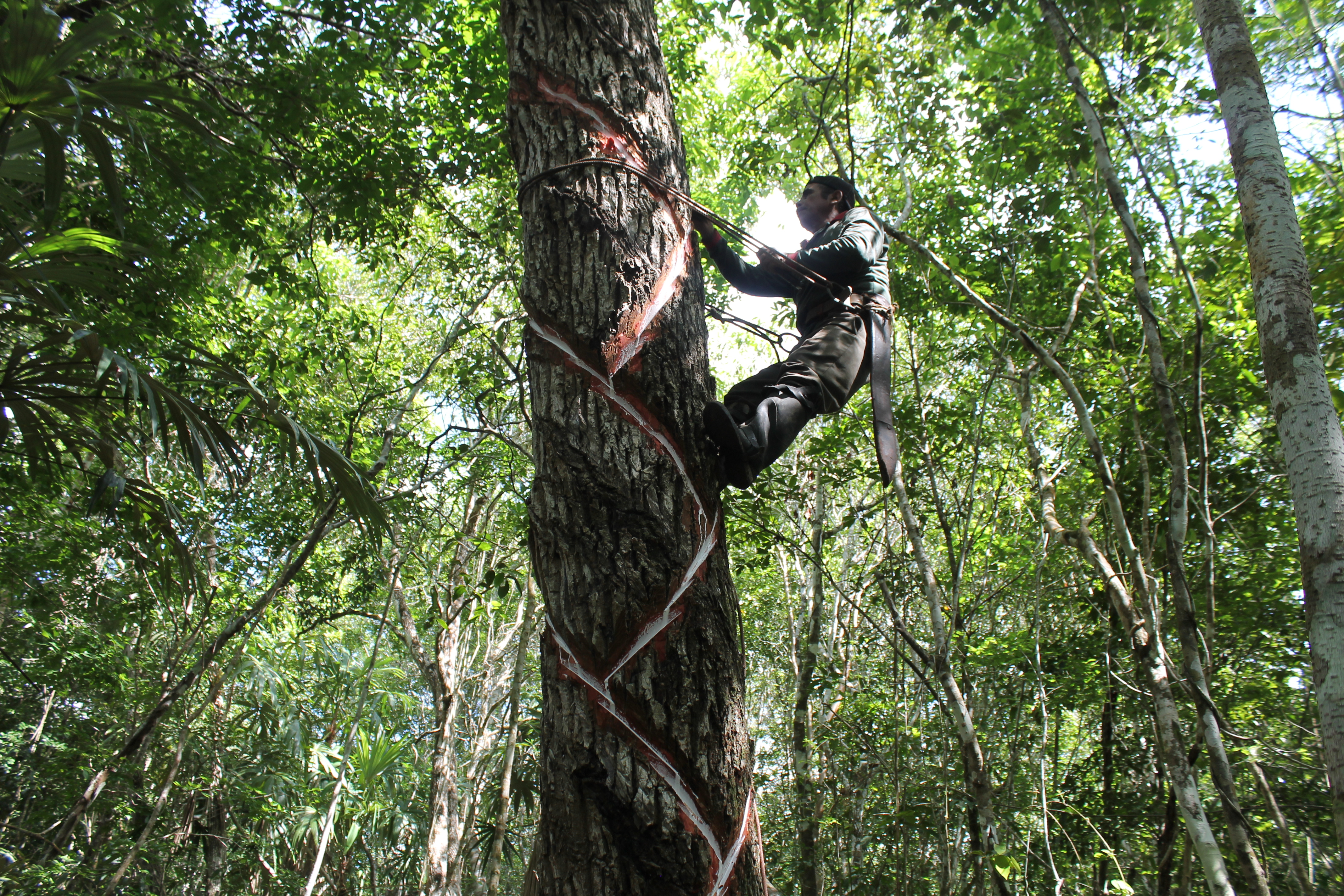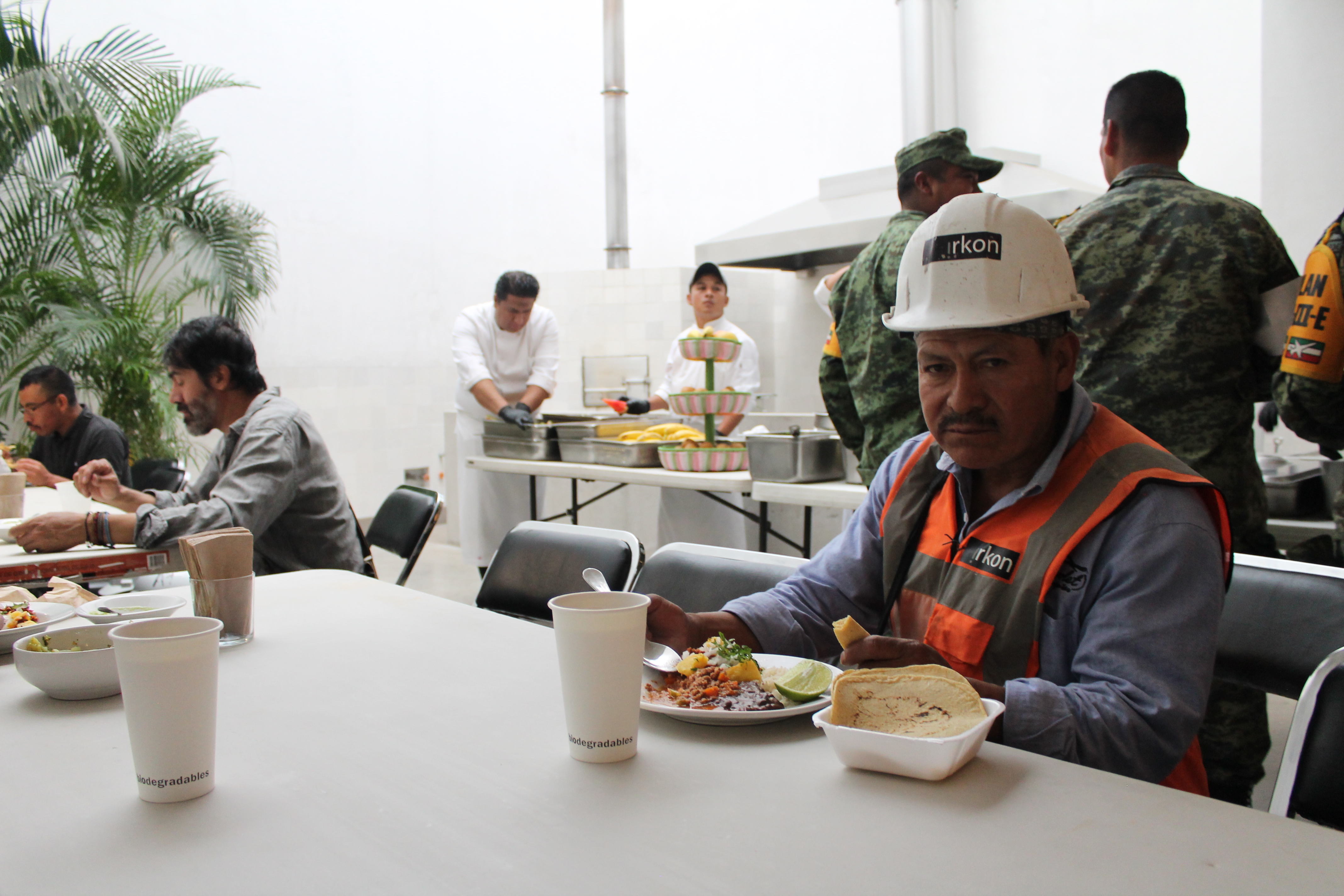“People think it’s a bad thing to be a tortilla-maker,” says Santiago Muñoz. “That’s the mentality we have to change. It should be a point of pride.” Santiago, 25, has spread out two dozen corn cobs, called mazorcas, on the table at the Mexico City warehouse of Maizajo, an heirloom corn tortilla company. The kernels are varied in shape and color: reds, yellows, blues, purples; some narrow, others wide. The diversity of the mazorcas on the table represents the ancestral knowledge of Mexican corn farmers…Continue Reading “Culinary Backstreets: An heirloom tortilla revival in Mexico City”
I wrote for Culinary Backstreets about Comixcal, a Oaxacan restaurant in Santa Maria la Ribera. As Oaxacan food takes hold from Mexico City to Amsterdam, the owners of Comixcal seek to stay true to tradition, and offer Oaxacan food as Oaxacans eat it. The restaurant became a basecamp for sending donations to Oaxaca after a devastating series of earthquakes in September. Comixcal is more than a restaurant- it’s a model of how communities in Mexico City can support rural Mexico. “‘There are two Oaxacan foods…Continue Reading “Culinary Backstreets: Comixcal, Deeply Oaxacan”
“I started working at 16,” Alfredo Ramírez says, as he sizes up the chicozapote tree in front of us. “I’m 56 now. That’s 40 years of harvesting chicle.” Ramírez has led us off a gravel road and into the rainforest in Tres Garantías, Mexico. The chicozapote tree (Manilkara zapota) is over 50 feet tall, its upper branches disappearing out of sight into the forest canopy. Mosquitoes swarm around him, but Ramírez remains focused on the task at hand. Here in Quintana Roo, in the southeast…Continue Reading “Sierra Magazine: Making Gum in the Mayan Rainforest”
Escribí en CityLab Latino sobre los arquitectos mexicanos que están usando técnicas vernaculas para reconstuir comunidades después de los sismos de septiembre. “A tres meses de los devastadores terremotos en México –sucedidos el 7 y 19 de septiembre–, miles de familias mexicanas siguen sin hogar. Tan solo en el estado de Oaxaca, 7,500 casas quedaron inhabitables tras el sismo del 7 de septiembre. El gobierno de Enrique Peña Nieto está promoviendo el autoconstrucción y está dando menos de 6,500 dólares a cada familia que perdió…Continue Reading “CityLab Latino: Las técnicas arquitectónicas tradicionales pueden ser la solución al reconstruir México”
I have an investigative piece up on Guardian Cities today with David Adler. We reported on why new and recently remodeled buildings in Mexico City came down in the quake. What we found is that the city government turns a blind eye to thousands of citizen complaints about building code violations. Meanwhile, the real estate market is booming, and condominium developers keep building costs low, and profits high. “Many of the buildings that collapsed in the earthquake that killed 225 people in Mexico City last…Continue Reading “Guardian Cities: 6,000 complaints … then the quake: the scandal behind Mexico City’s 225 dead”
“Cuando llegaron a México, Uber, Cabify y otros servicios se veían como una salvación. Ser mujer en Ciudad de México es saber la inseguridad que presentan los taxis comunes. Conocidos son los casos de robo, secuestro y violación en los taxis de la calle, por lo que la opción de pedir un vehículo en una aplicación, donde aparecían las placas y la identidad del chofer, nos dio un mínimo de seguridad. Pero poco a poco esta sensación ha ido desapareciendo. Opacada por el devastador terremoto…Continue Reading “CityLab Latino: Las mexicanas se quedan cada vez con menos alternativas de movilidad”
In the past five years, Mexico City has flourished as an international tourist destination, and the Roma and Condesa neighborhoods are the city’s crown jewels for travelers. A typical weekend in bohemian Roma or posh Condesa might include a late lunch of tuna tostadas at Contramar, followed by a drink at Cervecería del Barrio, a bar and restaurant overlooking the scenic Plaza Cibeles. Nightclubs and bars abound, as well as tacos to chow down at 3 a.m. when bars close. But the earthquake on September…Continue Reading “Culinary Backstreets: Post-Quake Recovery, One Meal at a Time”
Tuesday marked three years since the search began for the 43 students disappeared in Iguala, Guerrero. It also marked one week since dozens of families began searching for their loved ones trapped in collapsed buildings after the September 19th earthquake. In a silent march from the Angel of Independence to the “Anti-Monument” to the disappeaared students at the intersection of Reforma and Bucareli, the Ayotzinapa families and hundreds of supporters sent a message of solidarity to earthquake victims and a clear signal that they have…Continue Reading “Americas Program: Somber Mexico City March Commemorates Ayotzinapa Anniversary”
MEXICO CITY (CT) — Residents of earthquake-damaged Mexico City have a new reason to embrace bicycles — they’re helping repair lives. On a Tuesday afternoon earlier this month, a 7.1 magnitude quake rocked the Mexican capital. The timing was uncanny — it had been 32 years to the day since an 8.0 magnitude earthquake left 10,000 people dead, 30,000 injured, over 400 buildings demolished, and thousands homeless. The death toll of the recent September 19 earthquake was significantly lower, with just over 300 fatalities (180…Continue Reading “Cycling Tips: How Mexico City cyclists are using bicycles to aid earthquake victims”
I reported for CityLab on the volunteer architects and engineers who are assessing thousands of buildings damaged in Tuesday’s 7.1 magnitude earthquake. “On Tuesday, September 19, Mexico City’s architectural cultural center, in the Condesa neighborhood, was confirming the final reservations for an inauguration that evening of a new exhibit: ‘Mexico City: 1985 Earthquake.’ The exhibit at La Casa del Arquitecto, the House of the Architect, marked the 32nd anniversary of Mexico’s most devastating earthquake in the past century. Then, at 1:14 p.m., everything began to…Continue Reading “CityLab: A Brigade of Architects and Engineers Rushed to Assess Earthquake Damage in Mexico City”







